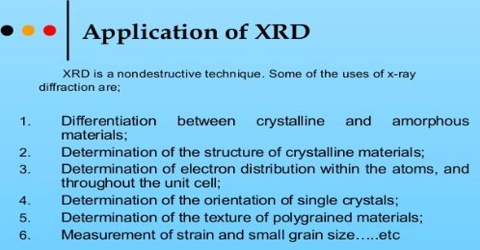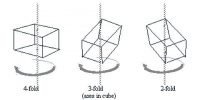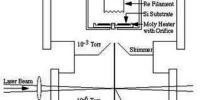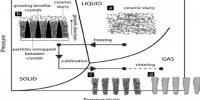Application of X-ray Diffraction
The most important application of X-ray diffraction is in the field of determination of crystal structure X-ray diffraction technique has enabled scientists to obtain deep insight into the structures of alloys and inter metallic compounds. Many metallurgical operations, which were until recently a matter of art, can now be studied by means of X-rays.
The X-ray pattern of an unknown substance may be used to identify it. Quantitative determination of impurities in crystals has also been made possible.
X-ray diffraction studies of such substances as rubber, fibres, silk, hair etc. have revealed the existence of repent, of ordered engagements as in a crystal.
At present the technique of X-ray attraction studies of single crystals have developed to a stage where the structures of complex organic molecules have been established from such measurements.
The analytical applications of X-ray diffraction are numerous. The method is nondestructive and gives information on the molecular structure of the sample. Perhaps its most important use has been to measure the size of crystal planes. The patterns obtained are characteristic of the particulars compounds from which the crystal was formed. X-ray powder diffraction is most widely used for the identification of unknown crystalline materials. Determination of unknown solids is critical to studies in geology, environmental science, material science, engineering and biology.
Other applications include:
- Thin-film analysis
- Lattice parameter determination
- Purity/quality control of materials
- Determination of crystallinity of polycrystalline materials
- Particle size determination














